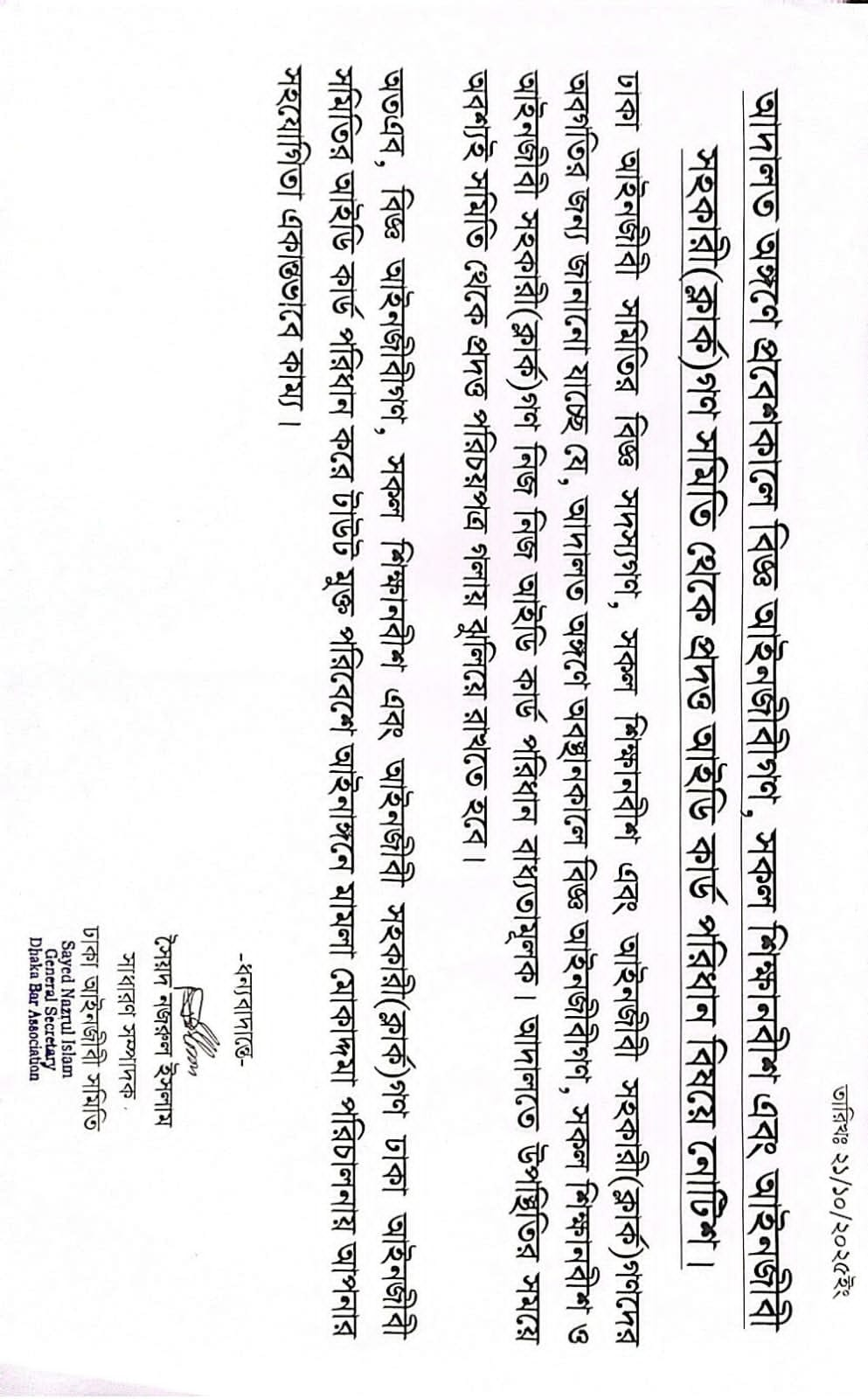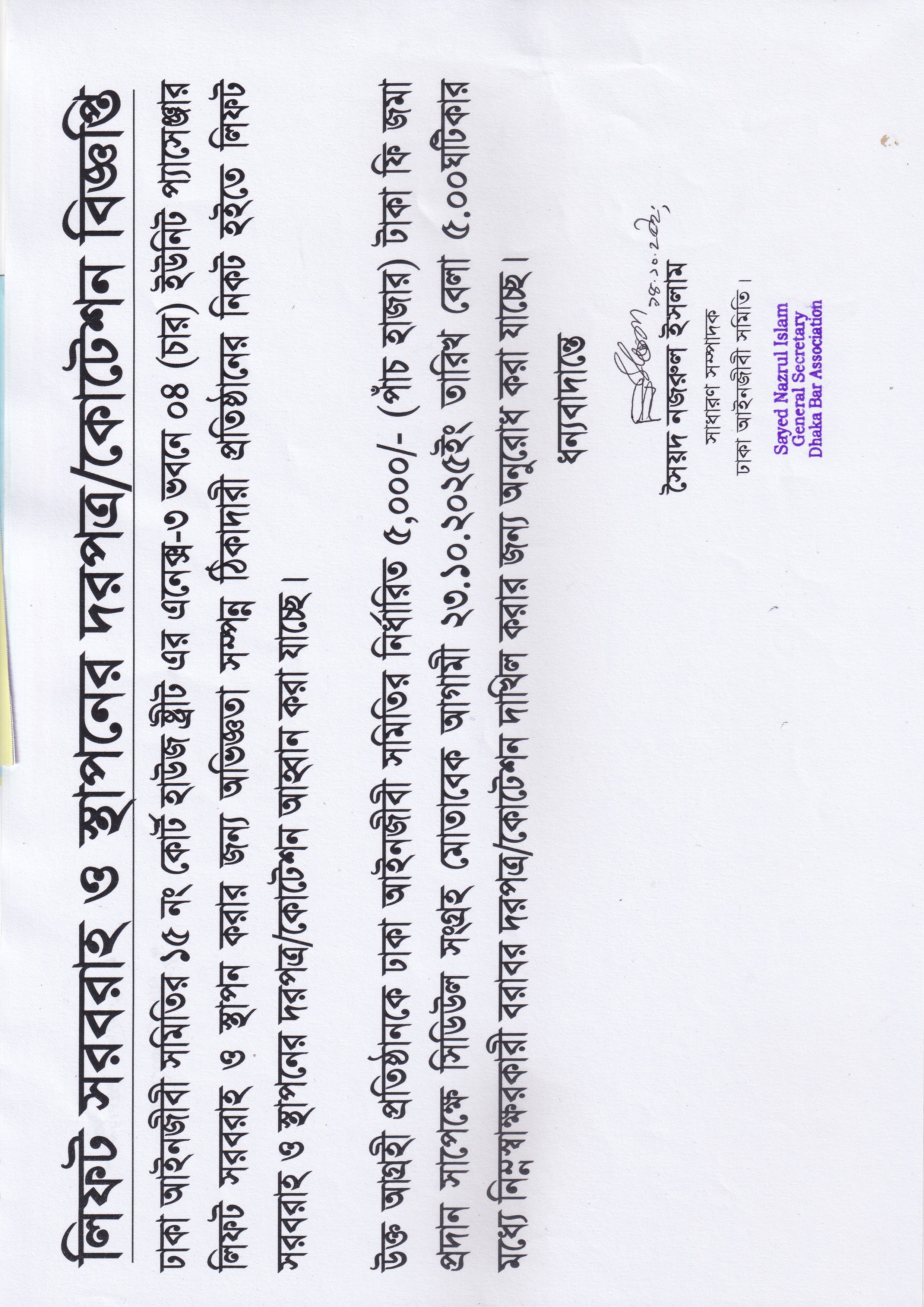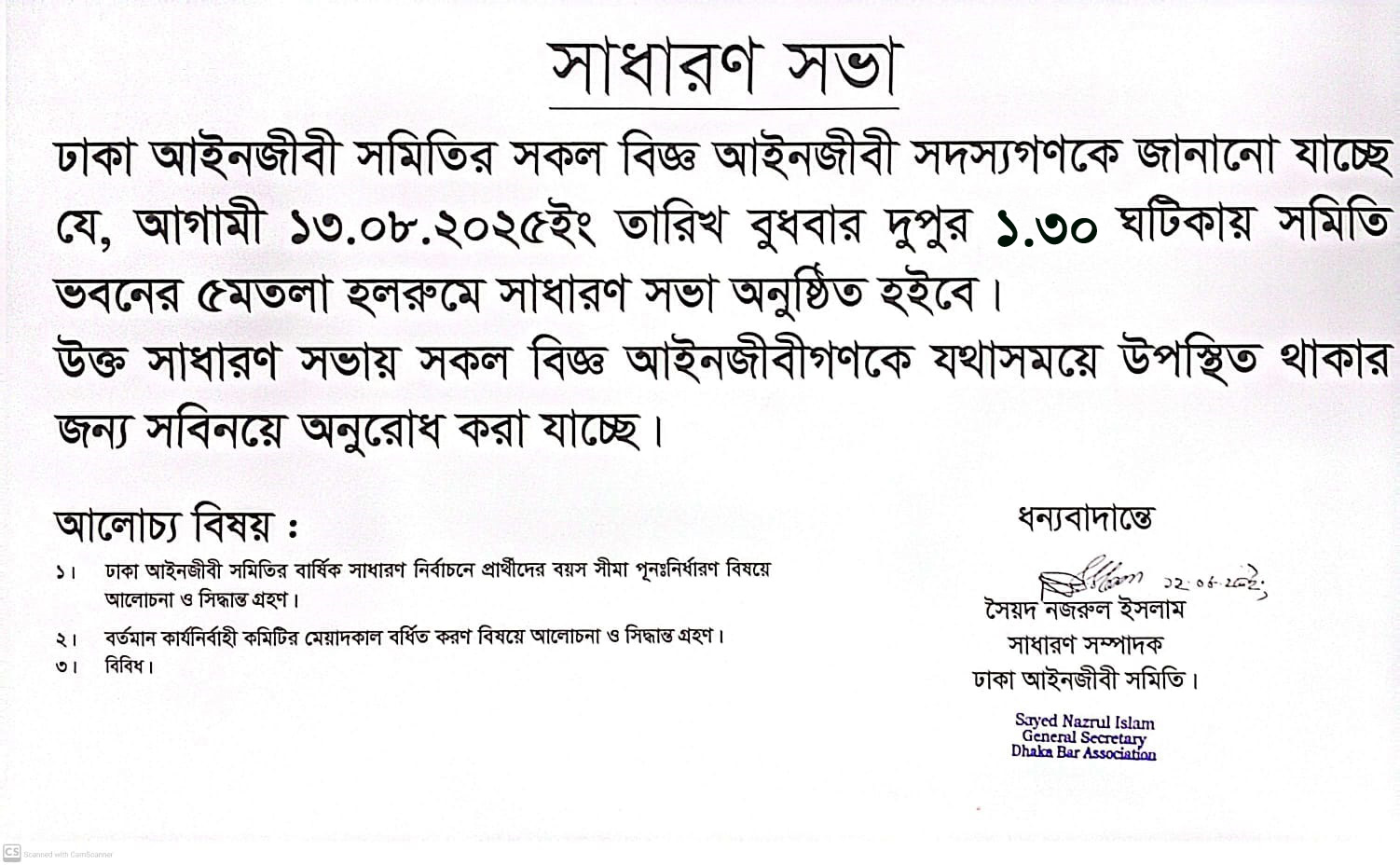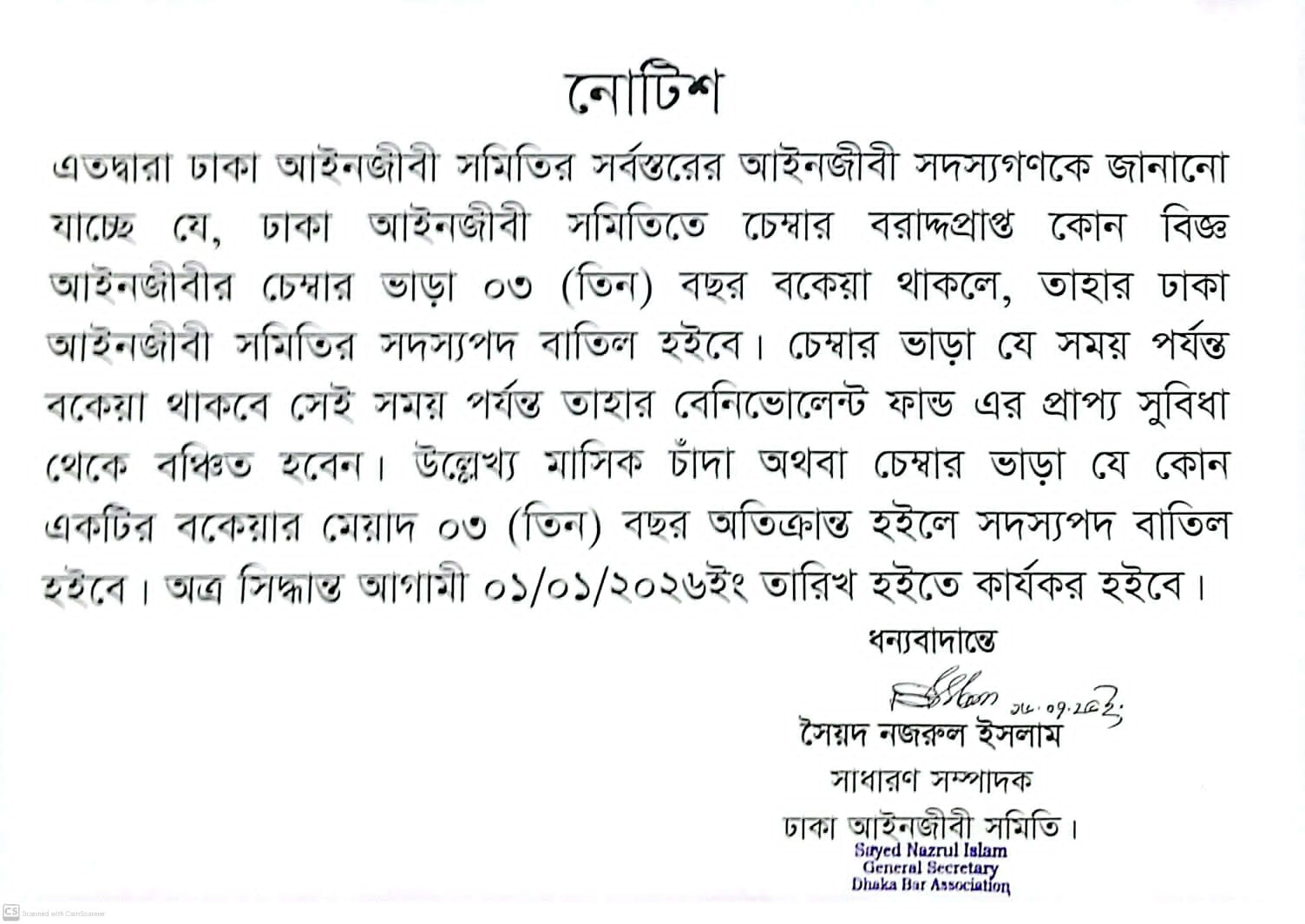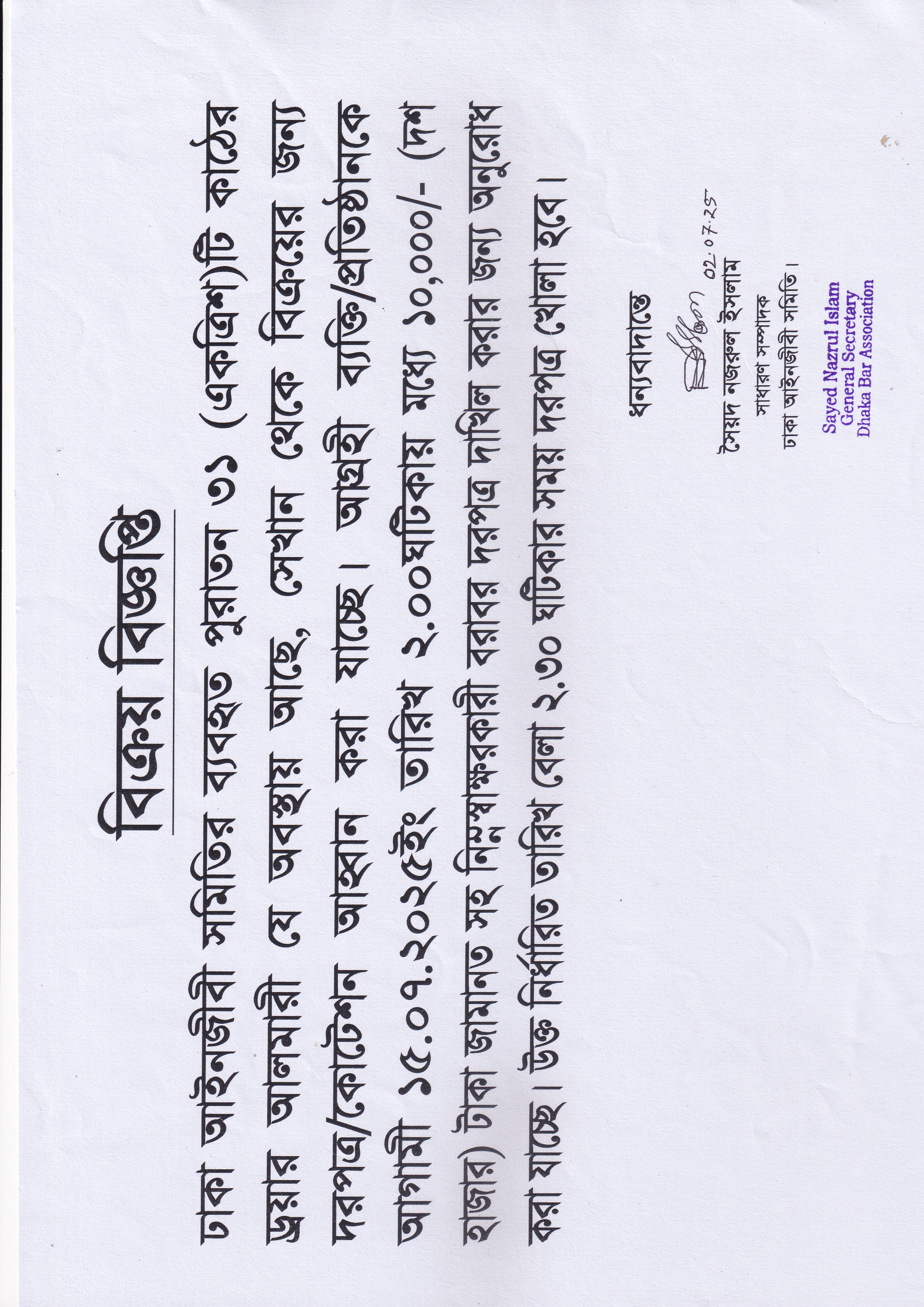
Artificial Intelligence ("AI") is perhaps one of the most hyped-up terminologies in this version of the digital era and is no longer alien to the people at large. The term AI was first coined by John McCarthy in 1956 who described AI as allowing a machine to behave in such a way that it would be called intelligent if a human being behaved in such a way. Generally, AI is used as an umbrella term for any computer program or machine that does something smart, meaning the ability of a computer or machine to learn without the need for direct and comprehensive instruction(s).
With its growing application across a plethora of disciplines, it is safe to posit that AI is indeed the next big phenomenon. Since AI-compatible machines can reason and make decisions, people are embracing it, and slowly yet steadily, AI has been creeping into a gamut of professional fields. The legal profession has not been immune to it. In fact, lawyers around the globe have been warming up to the features of AI applications, and arguably, AI applications have proved to be more persuasive than what would generally have been expected, at least in the context of the legal profession. This is because, AI applications are generally designed to learn how to identify relevant information, recognise mistakes, and spot inconsistencies in an efficient, accurate, and expeditious manner – all of the aspects which are of utmost significance for lawyers.
No one is oblivious to the fact that 'lawyering' is an intense profession that involves tackling of a mammoth amount of legal paperwork, research, reading, and writing – for which, lawyers are required to deal with a huge amount of data which often involves excruciating hours of analysis. Therefore, the features of AI are now being put to use by legal professionals in many instances including in conducting due diligence exercises (for verification, investigation, or audit of a potential deal), legal research, reviewing documents and contracts, analysis of contracts etc.
Without questioning the capability of lawyers to carry out any of the aforesaid lawyering chores efficiently without technological means, AI mechanisms can be engaged to mitigate the rigour of long hours for the lawyers. For example, Luminance Diligence, an AI-powered document review facility, can help lawyers and businesses with the most rigorous analysis and understanding of the documents, instantly highlighting anomalous areas. In terms of contract review and getting analytics of the same, Kira, a machine learning software, identifies, extracts, and analyses content in contracts. Regarding legal research, LexisNexis claims that their product called Lexis® is a creative online resource that enhances legal research skills by letting a lawyer scour a massive online law library of case laws and other valuable legal content. These are just a few examples of AI-powered computer-based programmes among the numerous other products out there in the world market.
In the age of digitisation and in the backdrop of the vision for 'digital Bangladesh', the use of AI in the realm of legal practice could prove to be a game-changer. Conducting legal research and any other legal work that might otherwise take days to complete even by a seasoned lawyer, can be carried out by using AI mechanism in a mere fraction of that time. With time constraints and the overwhelming pressure to deliver, and the constant struggle to come up with relevant legal sources and practical solution along with predictability of results, one cannot emphasise enough on what a boon AI could be to lawyers.
It is often feared that the use of AI would make lawyers redundant to a significant extent, and indeed, it may leave an impression that the advantages of using AI may translate into monetary savings as fewer lawyers may be needed in coming up with answers and identifying mistakes. However, that is just one way to look at it and, in any case, the overall benefits of AI are far too overpowering. With the AI taking care of the tedious and repetitive bits, lawyers can dive straight into strategic problem-solving tasks. This potentially opens a gateway for lawyers to explore and take on more risks, giving them more time and scope to come up with more creative, cutting-edge strategies which should help push more boundaries in Bangladesh's legal practice domain.
Also, one must not forget that lawyers are primarily working as the 'officers of the courts', assisting the courts to deliver the most efficacious remedies to aggrieved persons in the most expedited ways possible. Resorting to AI will not only make the lives of legal professionals easier but eventually, this will affect the people of Bangladesh in a positive manner as well. Lawyers will be in a better position to extend their all-out assistance in the disposal of cases and thereby reducing the burden of the lower and higher judiciary with the notorious backlog of cases in Bangladesh. This is even more so when major transactions between companies worth billions are at stake, which may directly affect the economy of Bangladesh.
It is imperative to take into account that the more developed nations have already begun adapting to the application of AI within the legal profession including in the judiciary, and in time, perhaps even nearer in the foreseeable future than one may assume, Bangladesh will have to start keeping up with this velocity. It goes without saying that turning a blind eye towards AI technology may have a potentially crippling outcome. Therefore, in order to introduce and effectively use AI mechanism, the legal and as well as other sectors of Bangladesh should consider the ethics of using AI.
Nonetheless, in trying to determine and argue shortcomings, the bigger picture may get lost as the bigger players have already set the AI culture in motion. To disregard the scheme of using AI technology altogether based on such reservations will only push Bangladesh dwindling to the backseat and this is something legal professionals of Bangladesh should be mindful of, especially at present when Bangladesh has begun taking big leaps towards the big league.
The writers are Associate and Research Associate at Sattar&Co. respectively.

